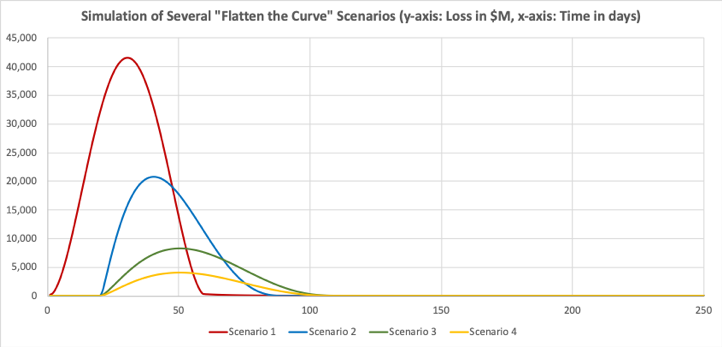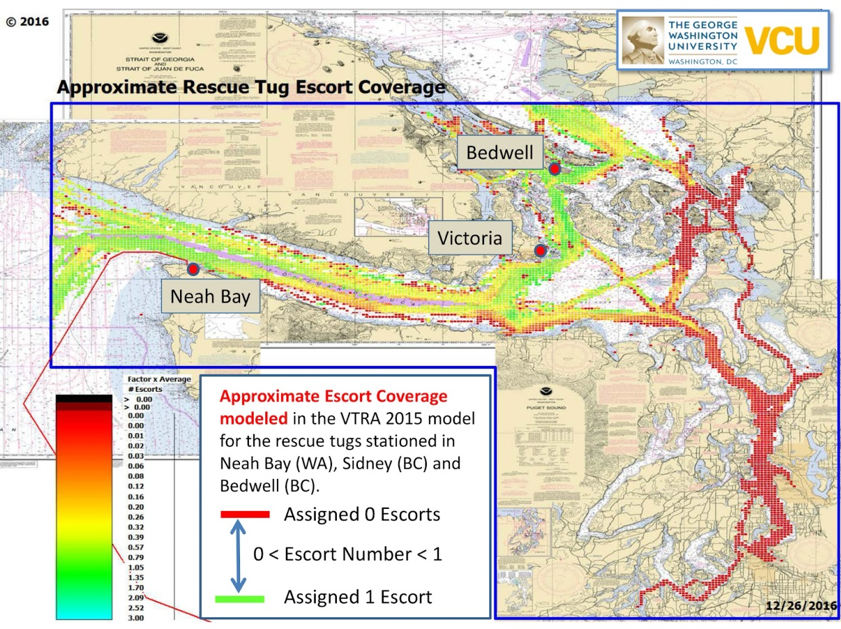Risk, Resilience, and Decision-Making
Risk, Resilience, and Decision-Making
Our faculty members tackle a diverse set of problem-driven research questions with real-world impact, including:
- How do you lower the risk of oil spills?
- How do you balance economic and health costs in a pandemic?
- How do you evolve a resilient infrastructure?
This research theme asks how to manage the inherent risk in a complex system, how to increase its resilience to disruptions big and small, and how to make decisions that support other emergent system properties. The sheer complexity of major socio-technical systems, and the involvement of humans in their design and operation, makes them prone to emergent properties that are not easily predictable. In this context, decision support is crucial -- it can bring the power of mathematical and simulation modeling to support important decisions that enable managing risk and increasing resiliency or achieving other system goals.
Research Stories
Evaluation of Pandemic Suppression and Mitigation Measures

Economic Loss Curves for: (1) Baseline Scenario, (2) Mitigation, (3) Suppression, (4) Suppression + Workforce Continuity
The “flatten the curve” concept has recently become a common tool to visualize the extent to which pandemic suppression and mitigation measures could potentially reduce and delay the number of daily infections due to a pandemic. The COVID-19 pandemic has challenged the capacity of the many healthcare systems and created cascading economic impacts on interdependent sectors of the global society. This study conducted by Professor Joost Santos specifically explores the impact of pandemics on the workforce. The proposed model comprises three major steps. First, sources for epidemic curves are identified to generate the attack rate, which is the daily number of infections normalized with respect to the population of the affected region. Second, the model assumes that the general attack rate can be specialized to reflect sector-specific workforce classifications, noting that each economic sector has varying dependence on the workforce. Third, using economic input-output (IO) data from the US Bureau of Economic Analysis, the study analyzes the performance of several mitigation and suppression measures relative to a baseline pandemic scenario. Results from the IO simulations demonstrate the extent to which mitigation and suppression measures can flatten the curve. Working with a research team from the University of Virginia, the analysis has been extended in another study that shows that the trade-offs between economic losses, lives saved, and infections averted are non-linear with respect to social distancing measures and the duration of lockdown.
Maritime risk management of potential oil loss in the Salish Sea

Escort coverage analysis of pre-stationed rescue-tugs in the Salish Sea
Vessels transiting the Salish Sea traverse waters bordering numerous communities en route to ports in both the US and Canada. The Salish Sea is a large (over 1000 square miles) and diverse water body physically characterized by passages that are broad and deep, as well as some narrow ones that are navigationally challenging with swift currents. In addition, it is a biologically rich ecosystem with significant natural resources these communities depend upon. The purpose of the vessel traffic risk assessment (VTRA) project, conducted by Professor Rene van Dorp and his team, is to evaluate the combined potential changes in risk in light of a number of potential maritime terminal developments in various stages of their permitting processes potentially coming to fruition, and to inform the State of Washington, the United States Coast Guard, the Puget Sound Harbor Safety Committee, tribes, local governments, industry, non-profit groups in Washington State and British Columbia and other stakeholders in this maritime community of these potential changes in risk. A component of this study is the evaluation of the effectiveness of risk mitigation measures. One of these risk mitigation measures studies the effectiveness of pre-stationing rescue tugs. The image above evaluates the escort coverage of a pre-stationed rescue tug scenario. This work led to a number of publications, including a risk management analysis of oil spill risk, an oil outflow model for tanker collisions and groundings, a Bayesian paired comparison approach for relative accident probability assessment, and a systems approach to managing oil transportation risk in Prince William Sound.
Faculty

Joe Barbera
Associate Professor
Learn More About Professor Barbera

Jonathan Deason
Professor
Learn More About Professor Deason

Royce Francis
Associate Professor
Learn More About Professor Francis

Erica Gralla
Associate Professor
Learn More About Professor Gralla

Joost Santos
Associate Professor
Learn More About Professor Santos

Enkundayo Shittu
Associate Professor
Learn More About Professor Shittu

Rene van Dorp
Professor
Learn More About Professor van Dorp






